Yiyuan Garden (怡园, Yi Garden), located in Suzhou, spans an area of 6,270 square meters and was built during the Qing Dynasty’s Guangxu period (1874-1882). The garden is divided into two parts: east and west. The western part used to be a temple, and the southern part connects to residential areas. Because of its relatively late construction, Yiyuan Garden incorporates the strengths of various classical gardens in Suzhou. It features elements such as covered walkways inspired by Canglang Pavilion, water pools reminiscent of Master of the Nets Garden, rockeries resembling Huanxiu Shanzhuang, and caves and grottoes modeled after Lion Grove Garden. Additionally, there’s a dry boat scene reminiscent of Humble Administrator’s Garden.
Supervised by Gu Cheng, the third son of Gu Wenbin, Yiyuan Garden involved the collaboration of renowned painters and designers such as Ren Fuchang, Gu Yun, Wang Yun, Fan Yinquan, and Cheng Tinglu. Each stone and pavilion in the garden went through a preliminary design phase, subject to discussion and finalization with Gu Wenbin. Once completed, the garden attracted numerous literati from the Jiangnan region, becoming a hub for intellectual and cultural gatherings.
In the autumn of 1919, Yiyuan Garden hosted a significant event aimed at promoting the culture of the guqin (a traditional Chinese instrument). The garden owner, in collaboration with guqin players like Ye Zhangbo, Wu Jinyang, and Wu Lansun, invited more than 30 musicians from cities such as Shanghai, Yangzhou, Chongqing, and Hunan for a grand gathering. This marked the beginning of the “Yiyuan Garden Guqin Society,” a regular event for guqin enthusiasts.
Table of Contents
- Basic Information
- Location and Transportation
- Map of Yiyuan Garden
- Highlights of Yiyuan Garden
- Vlog about Yiyuan Garden
- Useful Tips Summarized from Reviews
- Attractions near Yiyuan Garden
Basic Information
| Estimated Length of Tour | 1 – 2 hours |
| Ticket Price | 15 RMB |
| Opening Hours | 7.30 – 17.00; Last admission: 16.30 |
| Telephone Number | 0086-0512-65249317 |
Location and Transportation
Yiyuan Garden is situated in the center of Suzhou’s old city, near the famous Guanqian Street. Its exact address is No. 1265, Remin Road, Gusu District, Suzhou, Jiangsu Province, China. To get there, you can choose the following ways:
Bus: Take bus 1, 8, 33, 38, 101, 202, 262, 301, 305, 313, 501, 602, 933, 9007, 9016, or 9020 and get off at Leqiao North Stop (乐桥北站).
Metro: The nearest metro station to Yiyuan Garden is Leqiao (乐桥) on line 1 and line 4. After getting out of the station from Exit 8, you will be standing right in front of the garden.
Map of Yiyuan Garden

Highlights of Yiyuan Garden
Ouxiang Hall

Ouxiang Hall, the main hall in Yiyuan Garden, is a four-sided hall overlooking a water pond to the north and a courtyard to the south. It is surrounded by flowing waters and small bridges, with pavilions and grottoes on both sides leading to various scenic areas in the western part of the garden. In the east and west sections, numerous stone inscriptions featuring calligraphy and paintings by famous figures from different dynasties are on display, forming the renowned “Yiyuan Garden Inscription Collection” for visitors to appreciate and admire.
Po Xian Qin Hall

Po Xian Qin Hall, situated in the eastern part of Yiyuan Garden, once housed the guqin of Su Dongpo, a famous Song Dynasty poet. The museum also displayed a small portrait of Su Dongpo, though it is no longer present. The outdoor courtyard features peculiar-shaped rocks, resembling an elderly figure hunched over, seemingly listening to the music of the guqin.
Bai Shi Xuan

Bai Shi Xuan, a significant structure in the eastern part of Yiyuan Garden, got its name from the Song Dynasty poet Mi Fu, who had a habit of worshipping peculiar stones. The northern courtyard of Bai Shi Xuan is adorned with various extraordinary rocks, hence the name “Bai Shi Xuan” or “Worshipping Stones Pavilion.” To the south, a courtyard filled with pine and cypress trees, bamboo, and camellias is called “Sui Han Cao Lu” or “Winter Grass Cottage.” The square bamboo is one of the distinctive features of Yiyuan Garden. Nowadays, in Bai Shi Xuan, visitors can enjoy performances of traditional Suzhou pingtan and ancient melodies, adding to the garden’s unique charm.
Various Pavilions

Within Yiyuan Garden, there are multiple pavilions where visitors can appreciate the scenic beauty. For example, Yu Yan Pavilion, located near the bamboo grove, allows guests to listen to the rustling of bamboo leaves in the wind. Yu Hong Pavilion provides a vantage point for observing the flow of water. Mian Bi Pavilion, which is located againt the wall, was named after the story of Bodhidharma facing a wall in contemplation at Shaolin Temple.
Vlog about Yiyuan Garden
Useful Tips Summarized from Reviews
Tea Houses and Pavilions: Yiyuan Garden features tea houses and several pavilions where you can sit and enjoy tea. Locals, especially older individuals, often gather to chat over tea.
Seasonal Highlights in November-December: Visit in late November to December to witness the golden ancient ginkgo trees and the vivid red maple leaves, creating a picturesque scene in the garden. This period enhances the garden’s ambiance with a rustic and vintage feel.
Evening Exploration: The late afternoon is an excellent time to explore Yiyuan Garden. Capture the play of shadows on the pink walls of the corridor, and it’s a popular spot for wedding photoshoots. Many people choose this time to photograph the scenery.
Recommended Touring Sequence: Start your visit from the East Gate and proceed through the Slope Xian Qin Hall. Follow a clockwise direction to explore the garden. The layout of the garden’s paths is clear, allowing you to cover about 90% of the scenery in one circular route.

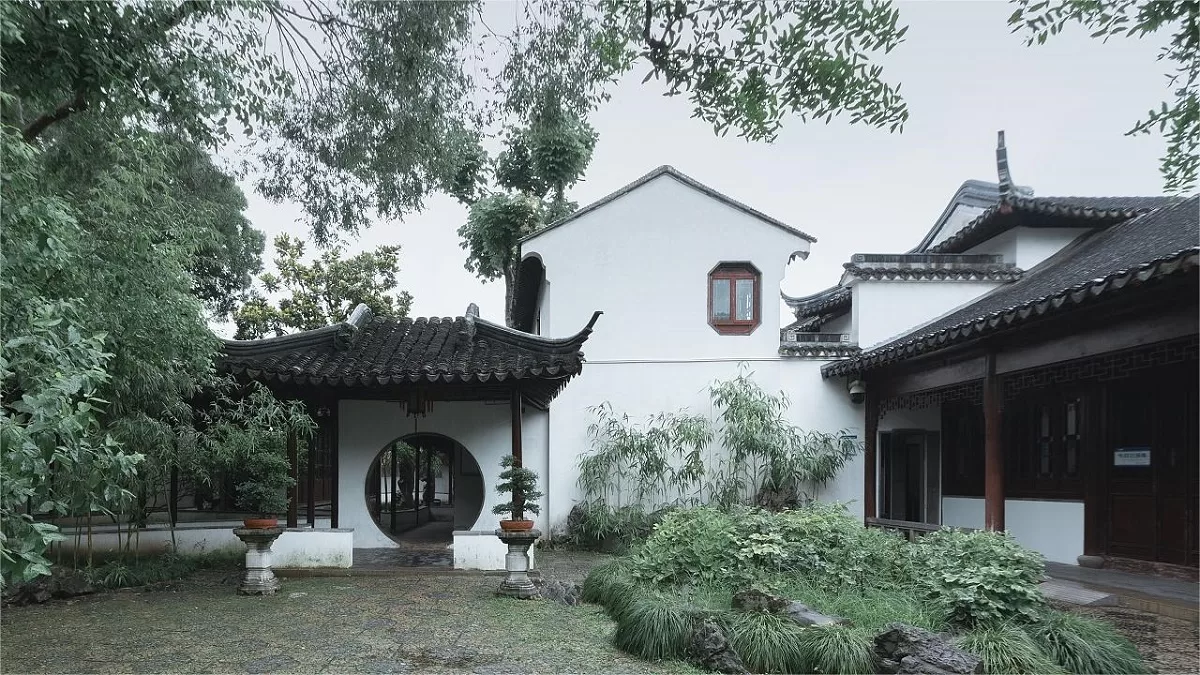


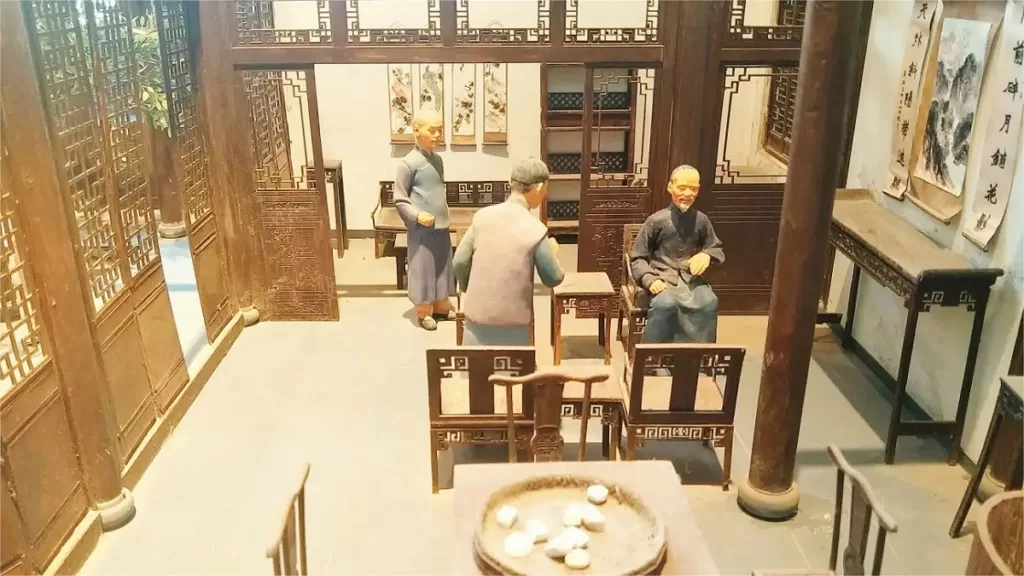
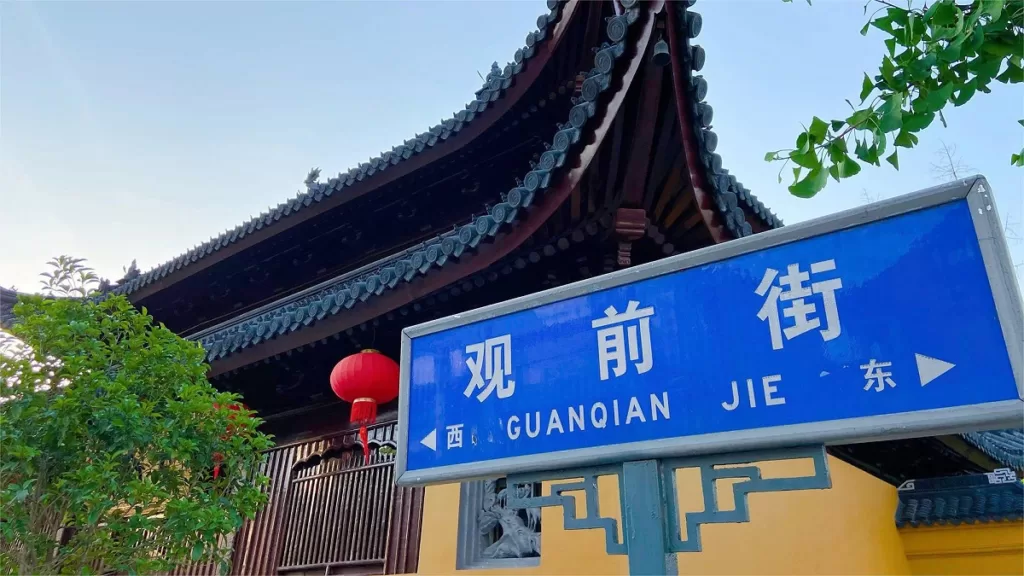
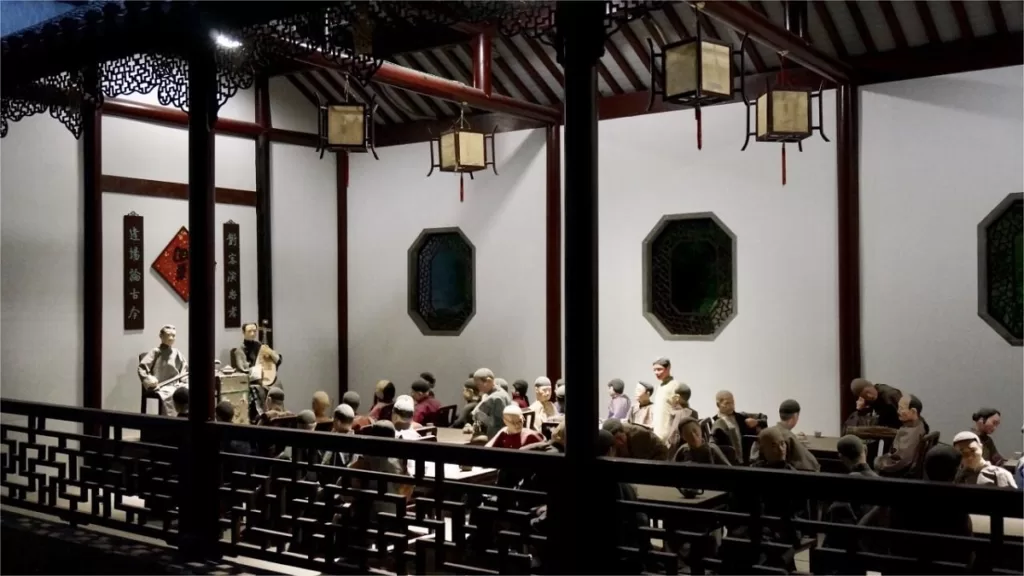
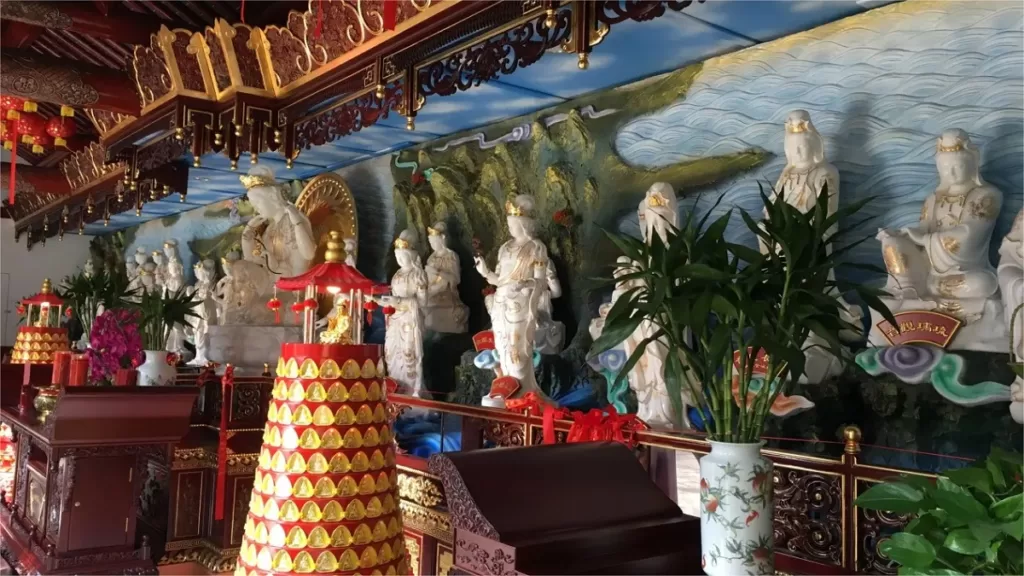


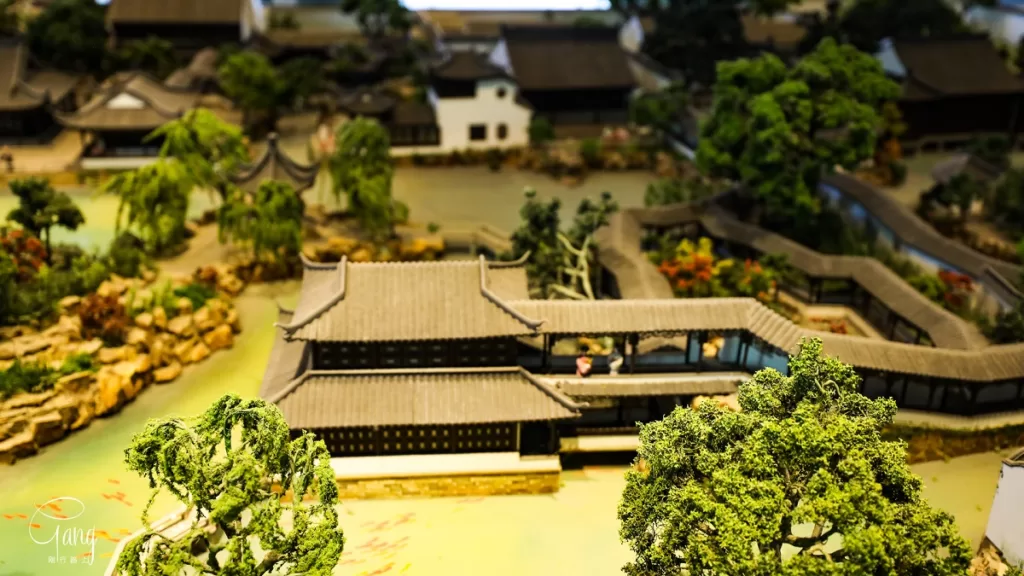




I personally find Yiyuan Garden incredibly beautiful! When I arrived at 8:30 in the morning, there weren’t many people, and the ticket price is very reasonable, only 15 yuan! The corridors feature stunning calligraphy works – it’s simply beautiful!
Yiyuan Garden is small but offers great value for money, and it is not far from Pingjiang Road and Guanqian Street. It’s best to arrive right when it opens at 7:30 in the morning to avoid the crowds.